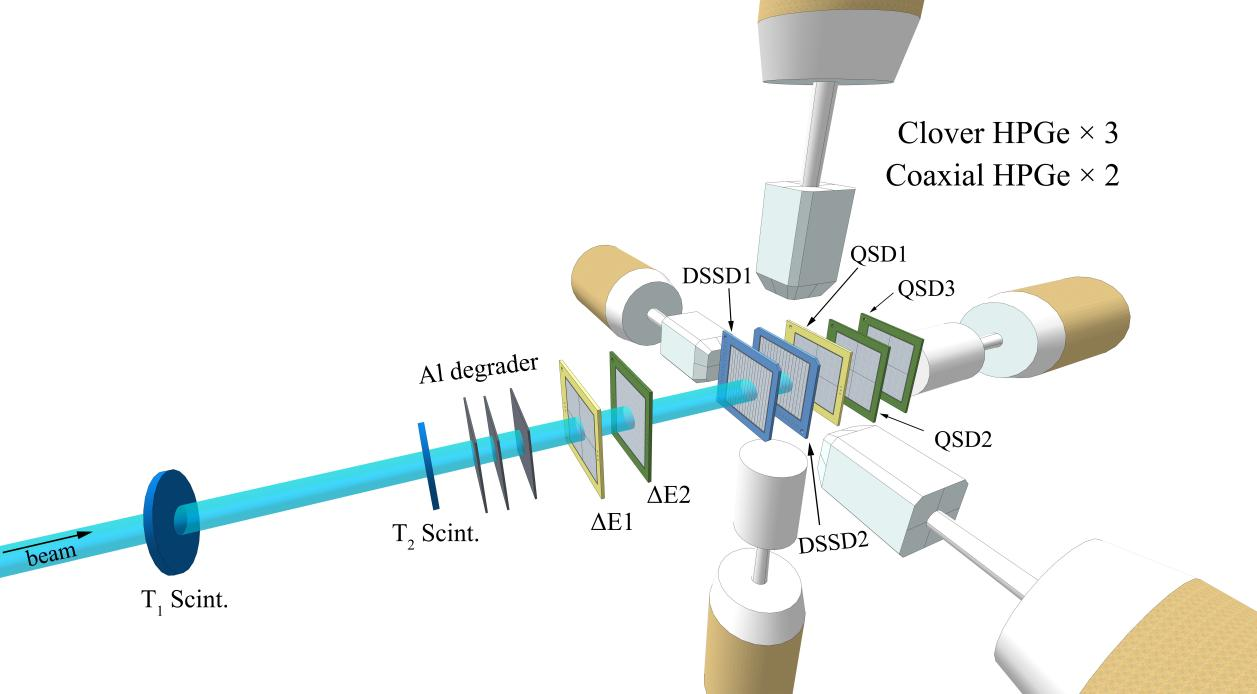Researchers from the Institute of Modern Physics (IMP) of the Chinese Academy of Sciences (CAS) and their collaborators have recently developed a novel high-performance digital detector array for the study of exotic nuclei. This system demonstrates unique advantages in accurately measuring the decay properties of exotic nuclei.
This study was published as a cover article in Nuclear Science and Techniques.
Exotic nuclei near and beyond the proton drip line exhibit a number of unique decay processes, including β-delayed proton emission, α decay, and direct proton radioactivity. Spectroscopic studies utilizing high-efficiency, low-threshold detection systems have become essential to probe the intricate properties of these nuclei.
The researchers integrated double-sided silicon detectors, quadrant silicon detectors with high-purity germanium detectors, and coupled them to a digital acquisition system with a 250 MHz sampling rate and 14-bit resolution. By using waveform digitization technology, the system can simultaneously measure energy, timing, position information of decay particles, as well as γ-ray coincidence correlations.
Using the implantation-decay correlation method with pulse analysis algorithms, the detector array can precisely track decay processes of short-lived nuclei, enabling efficient discrimination of different charged particles with high-precision measurements.
To validate the system's performance, the researchers conducted an experiment on the β decay of the proton-rich nucleus argon-32 and its neighboring nuclei, using the Radioactive Ion Beam Line in Lanzhou (RIBLL1) at the Heavy Ion Research Facility in Lanzhou (HIRFL). The results confirmed the system's ability to capture detailed features of the decay process, providing critical data for the structure of exotic nuclei.
In the future, the researchers will use this detector array for experimental studies at both HIRFL and the High-Intensity heavy-ion Accelerator Facility (HIAF). This enhanced system will serve as a more powerful tool for exploring exotic nuclear structures and verifying key reactions in nuclear astrophysics.
The study was supported by the National Key Research and Development Project of China, the Strategic Priority Research Program of CAS, the National Natural Science Foundation of China, among others.

Figure 1. Schematic layout of the digital detector array (Image from IMP)

Figure 2. The study was published as a cover article. (Image from Nuclear Science and Techniques)






